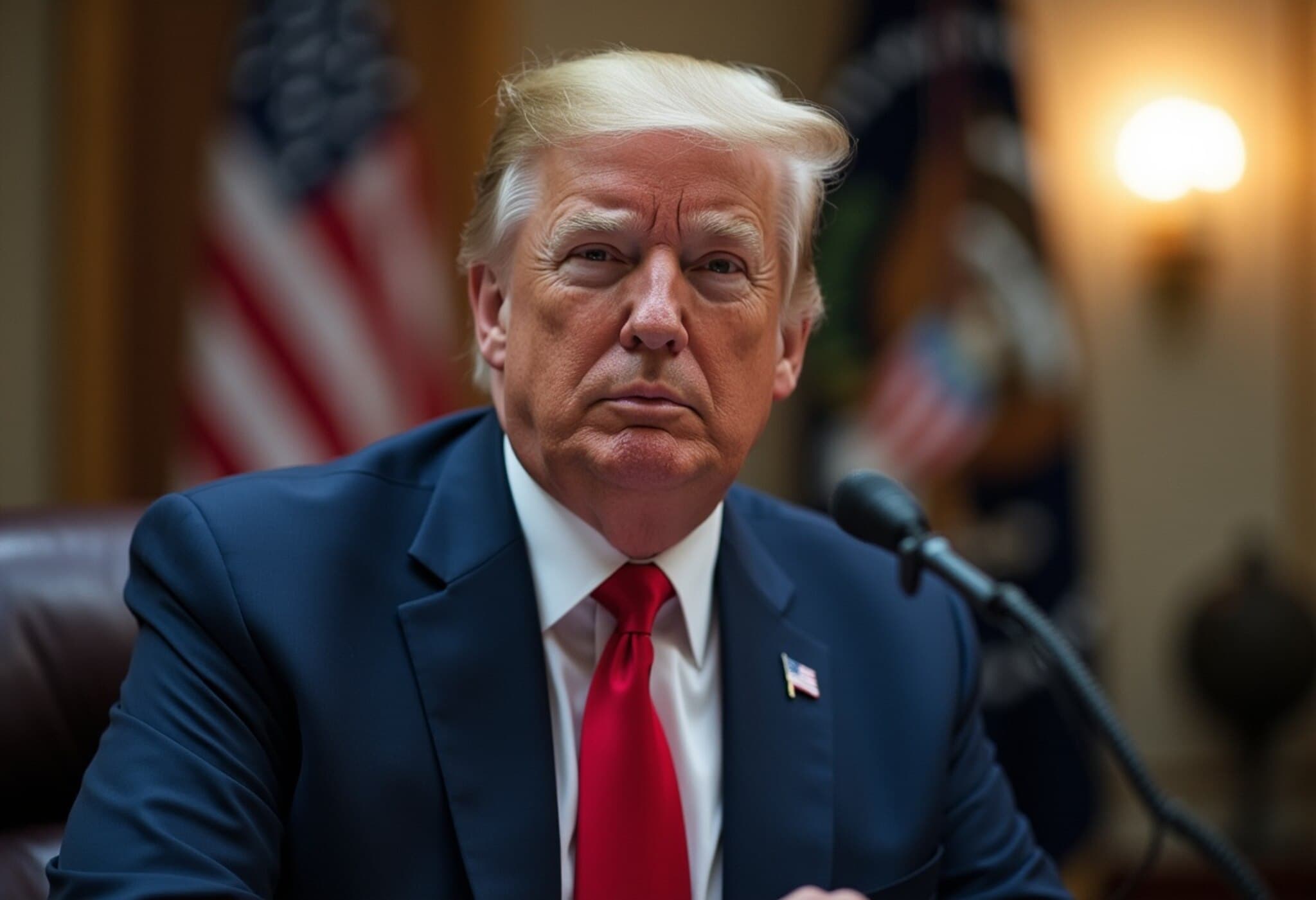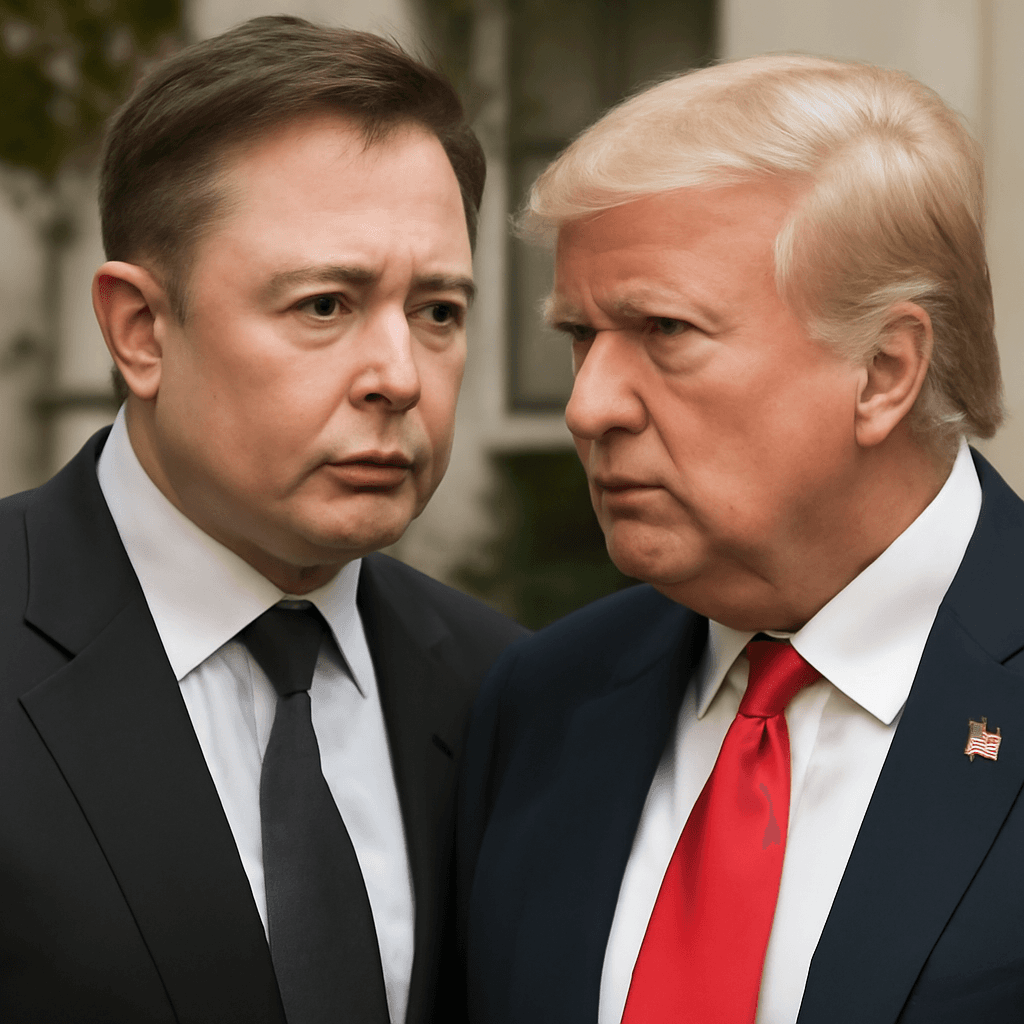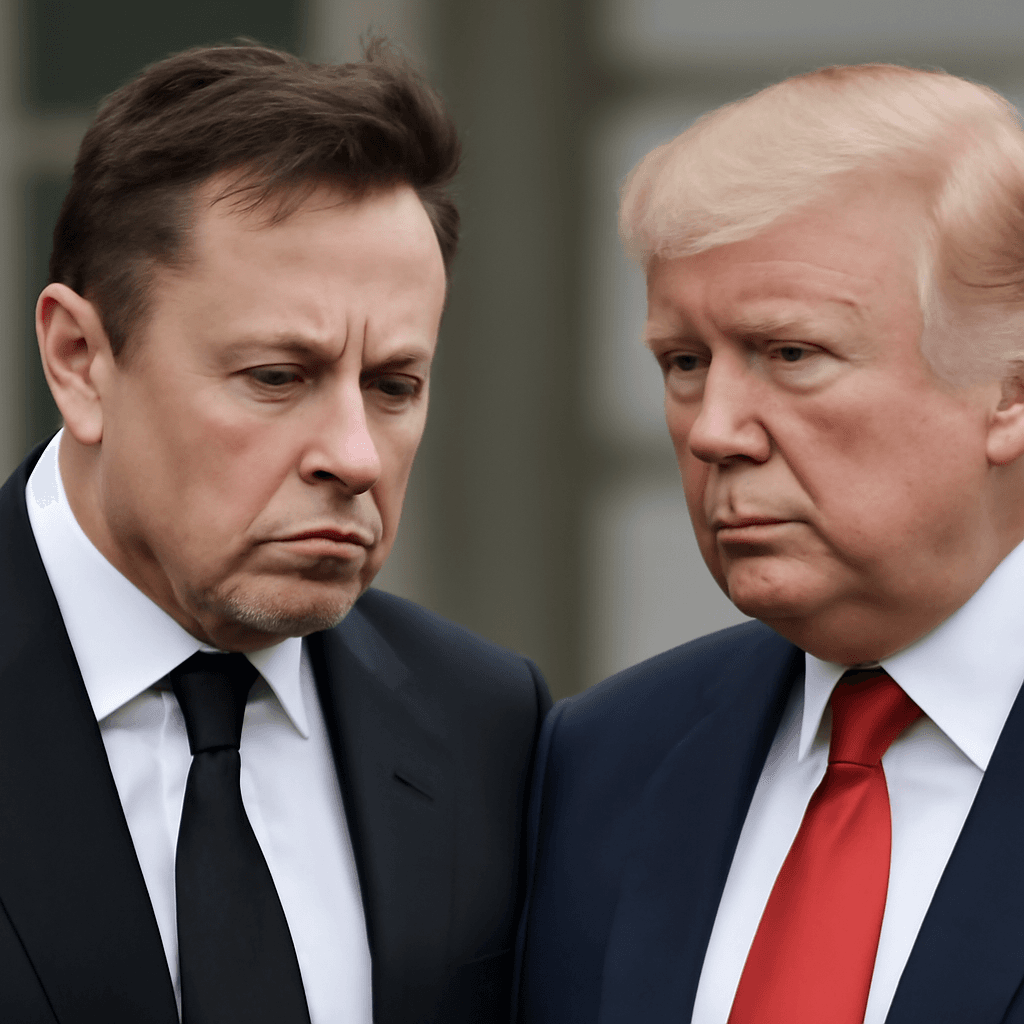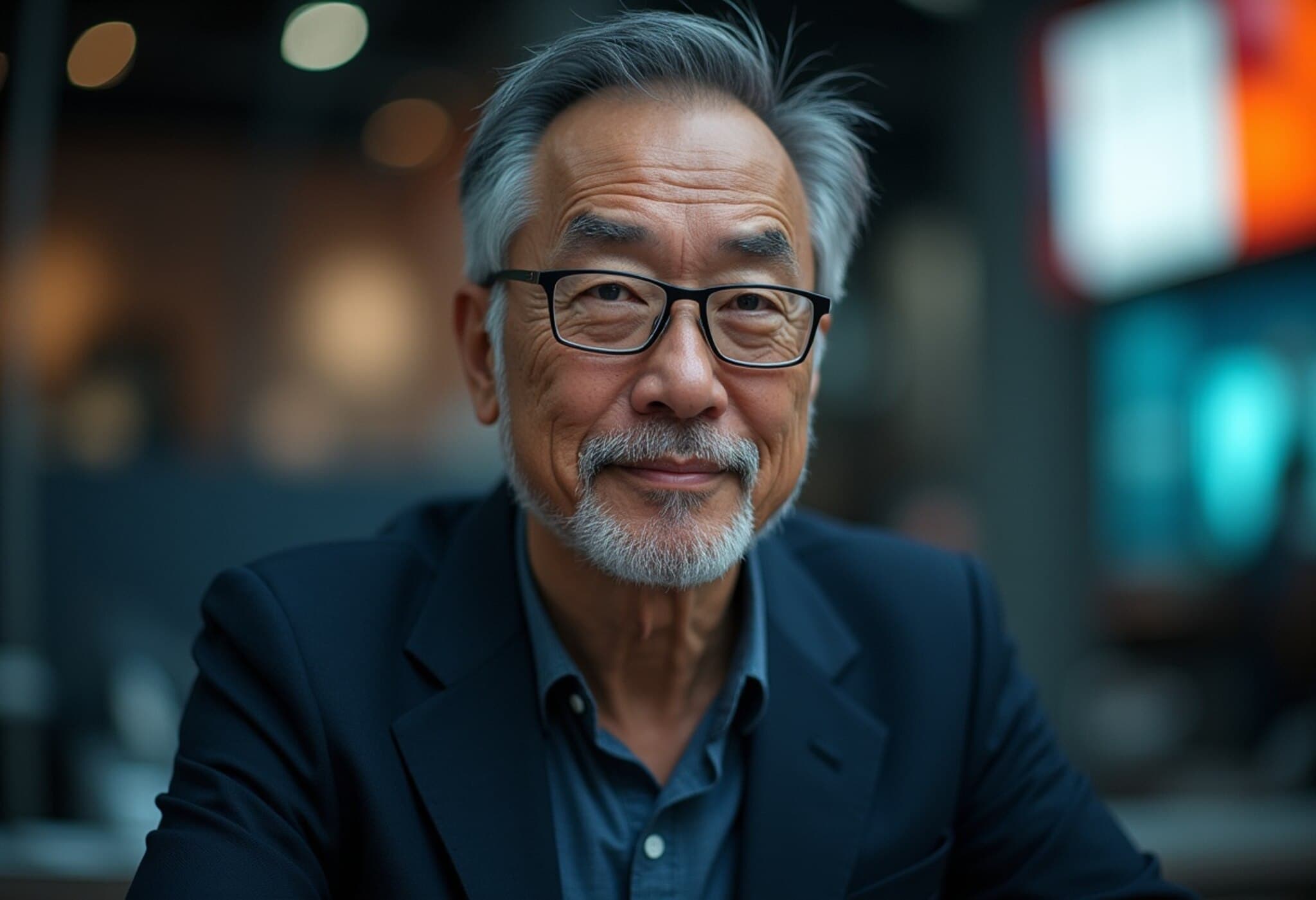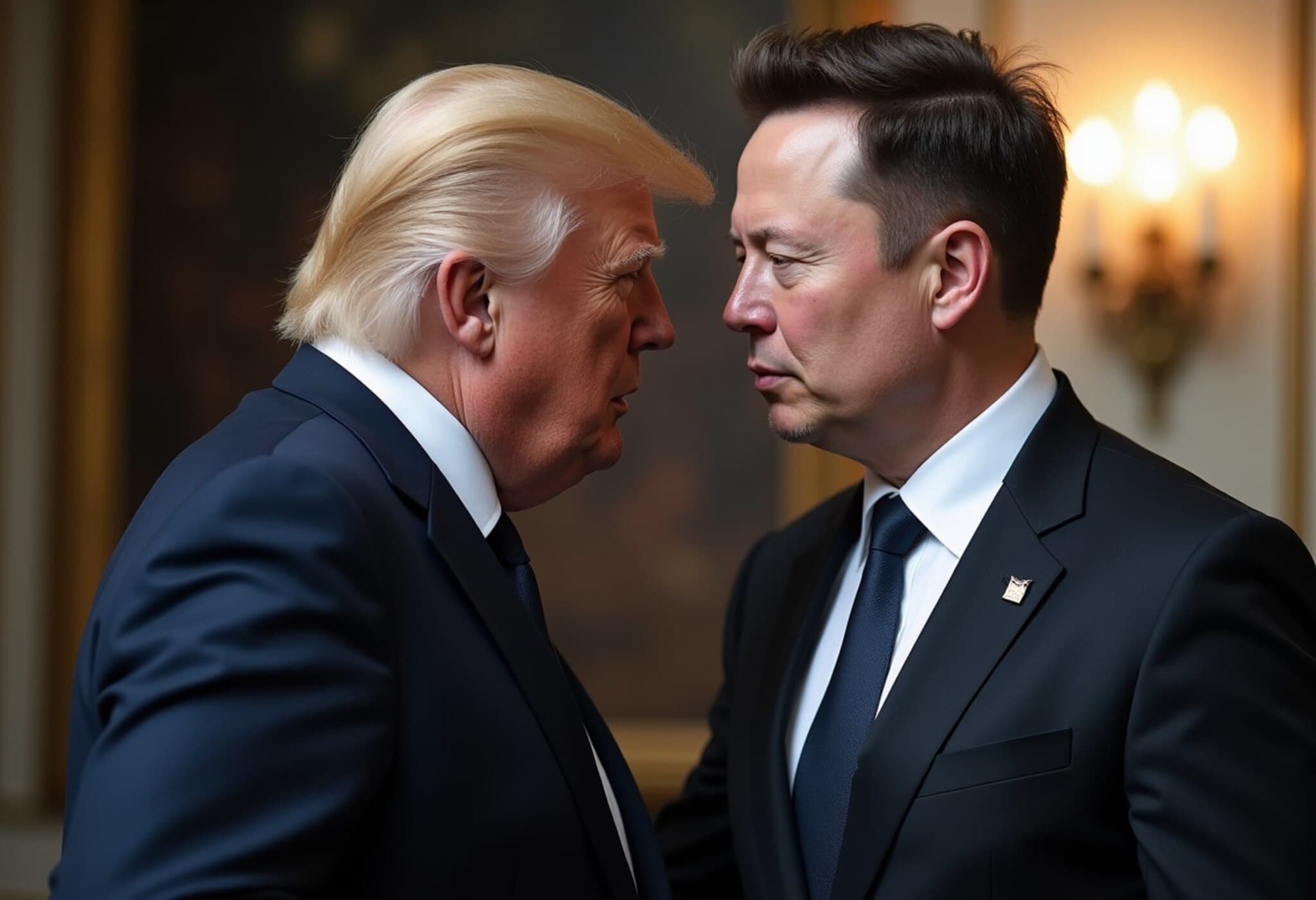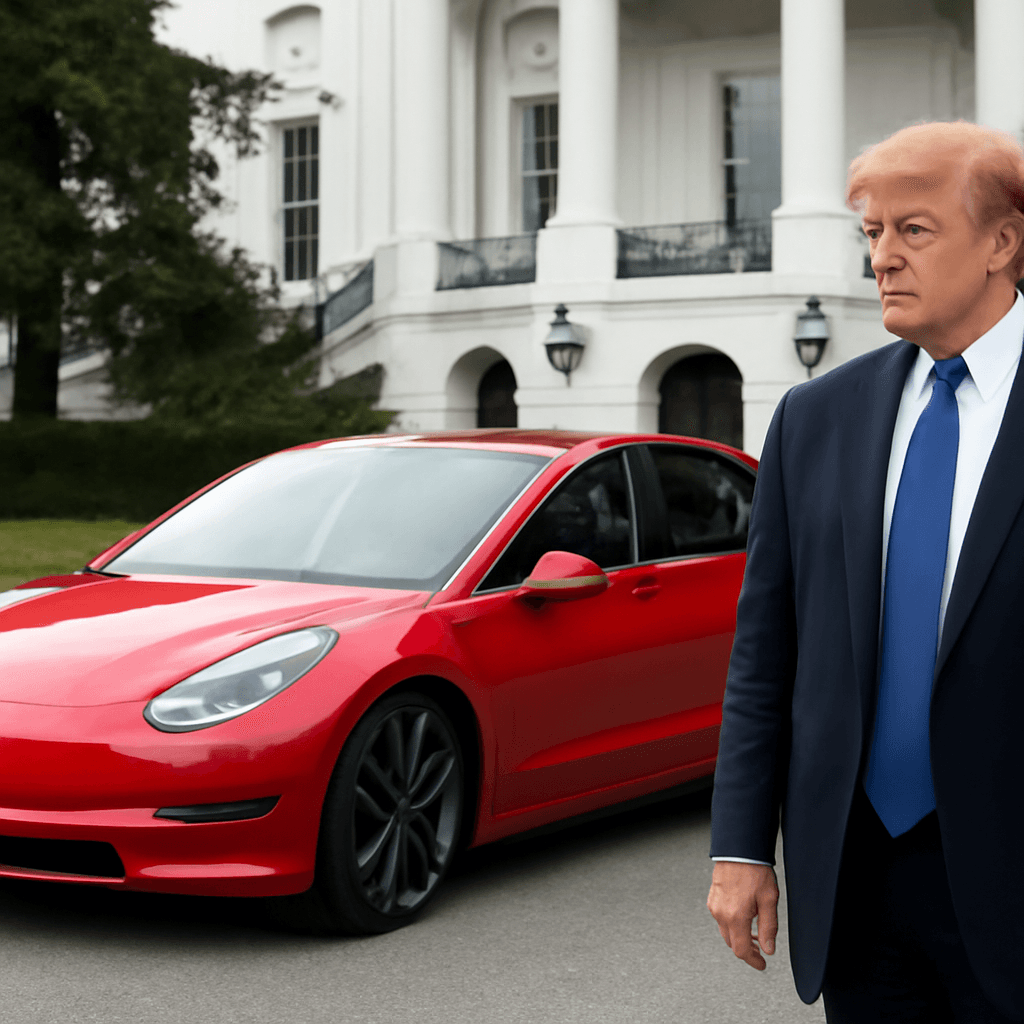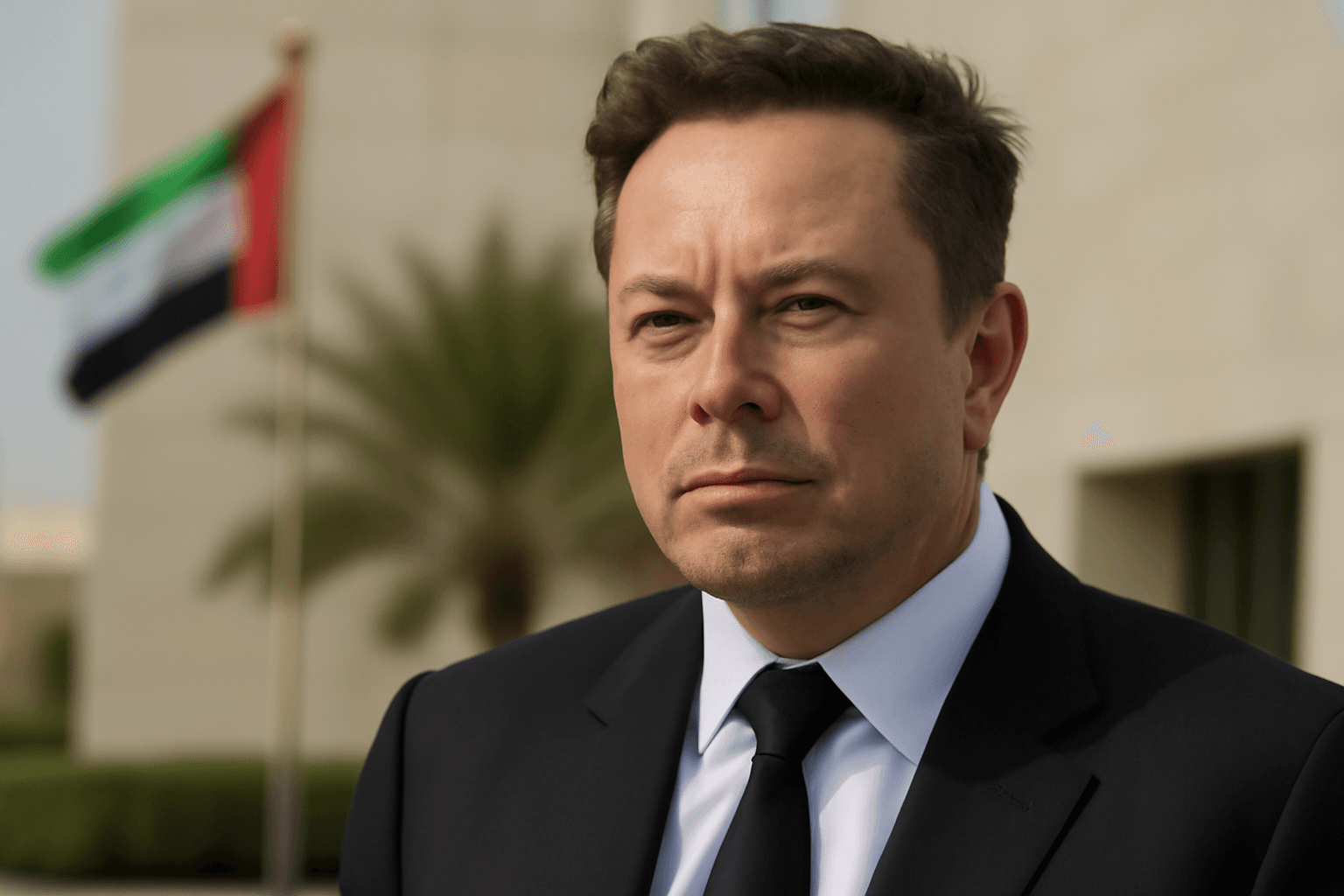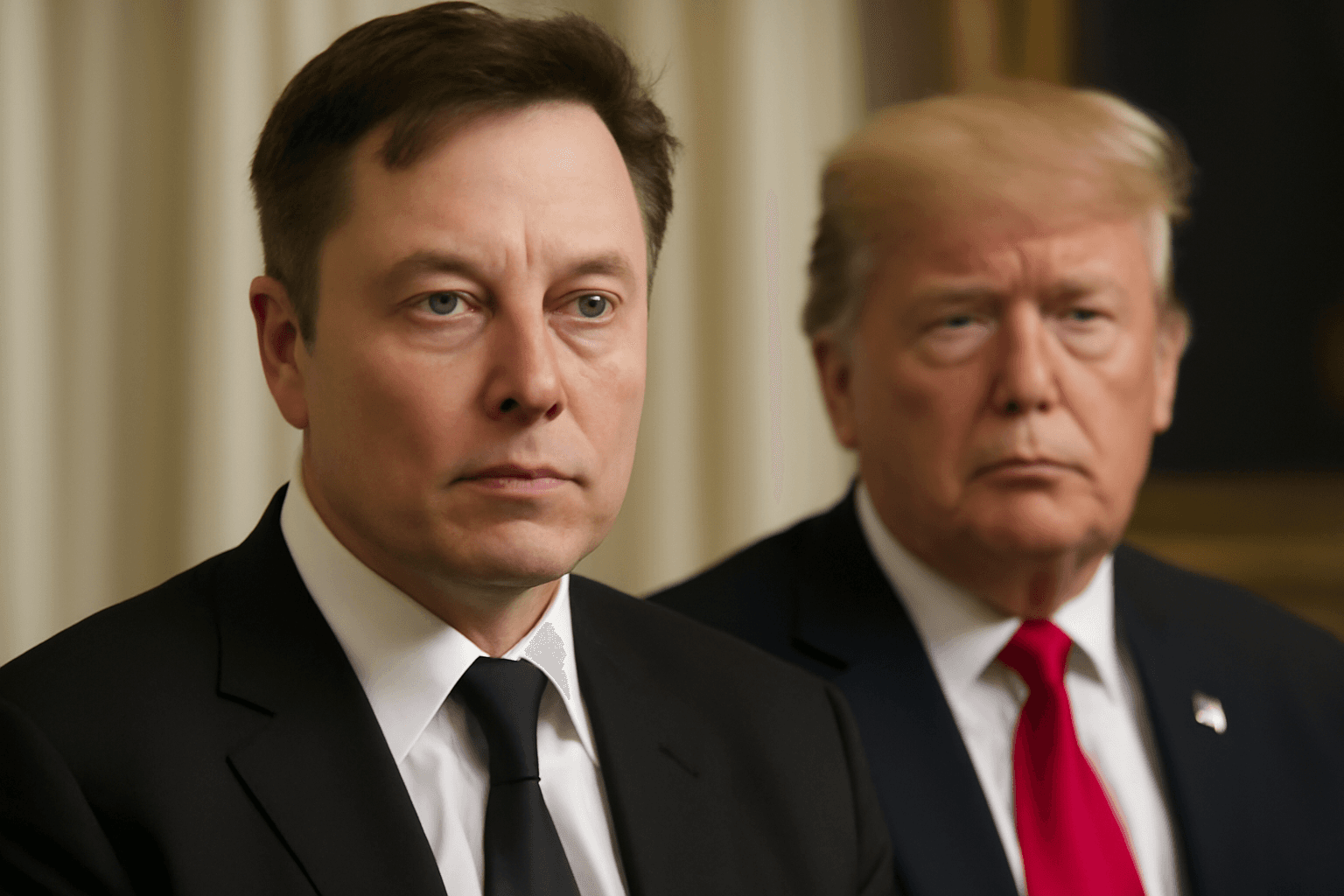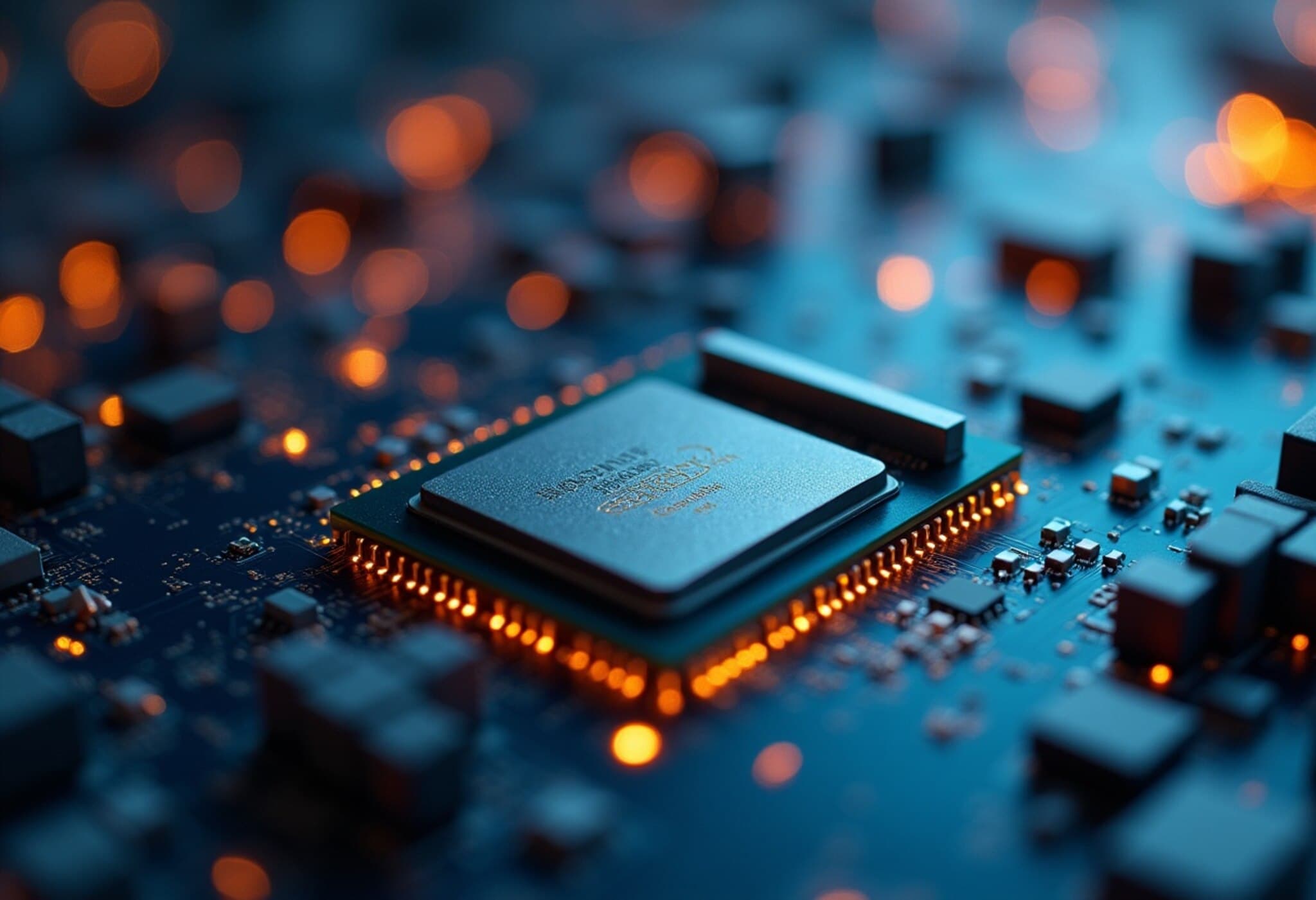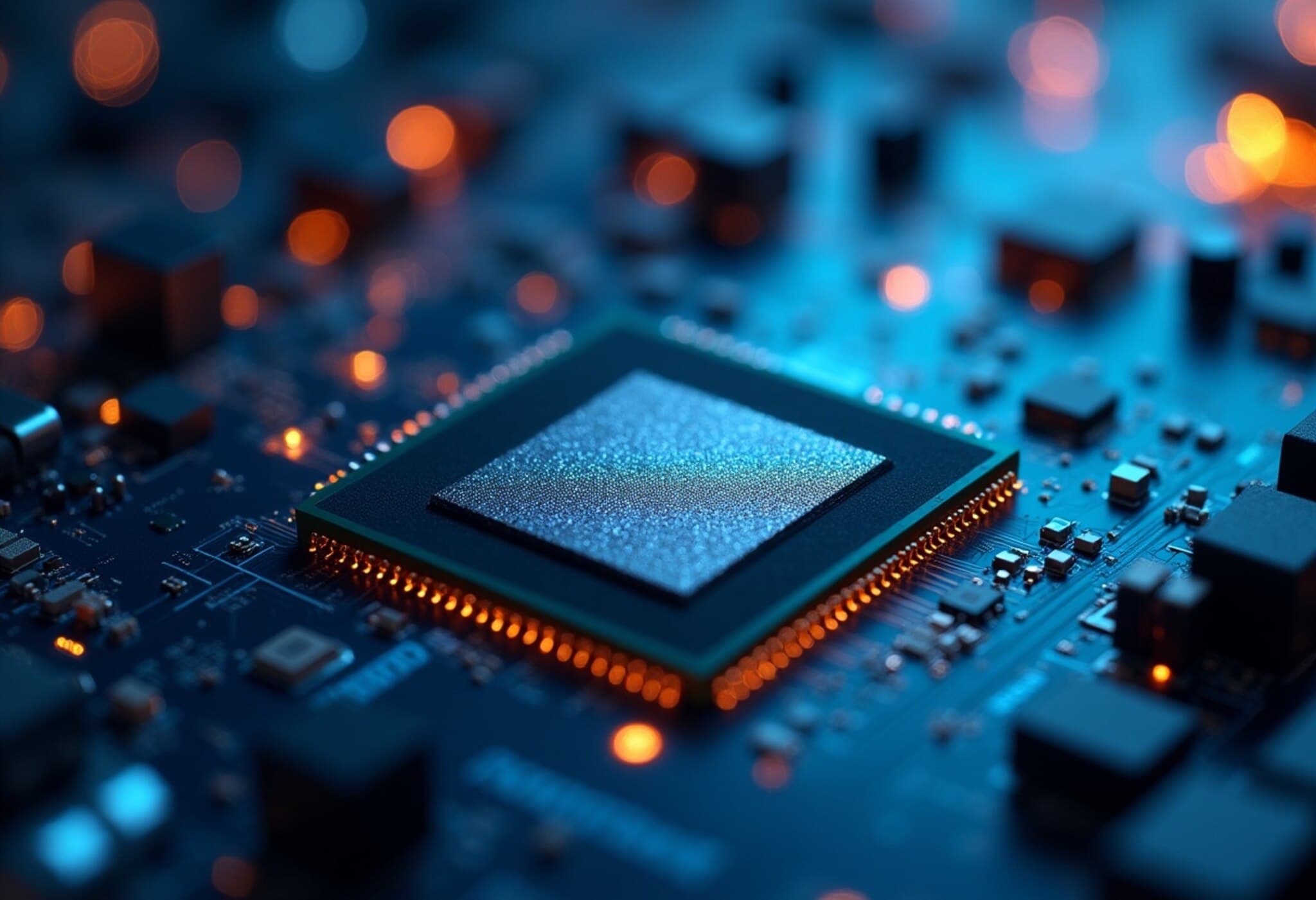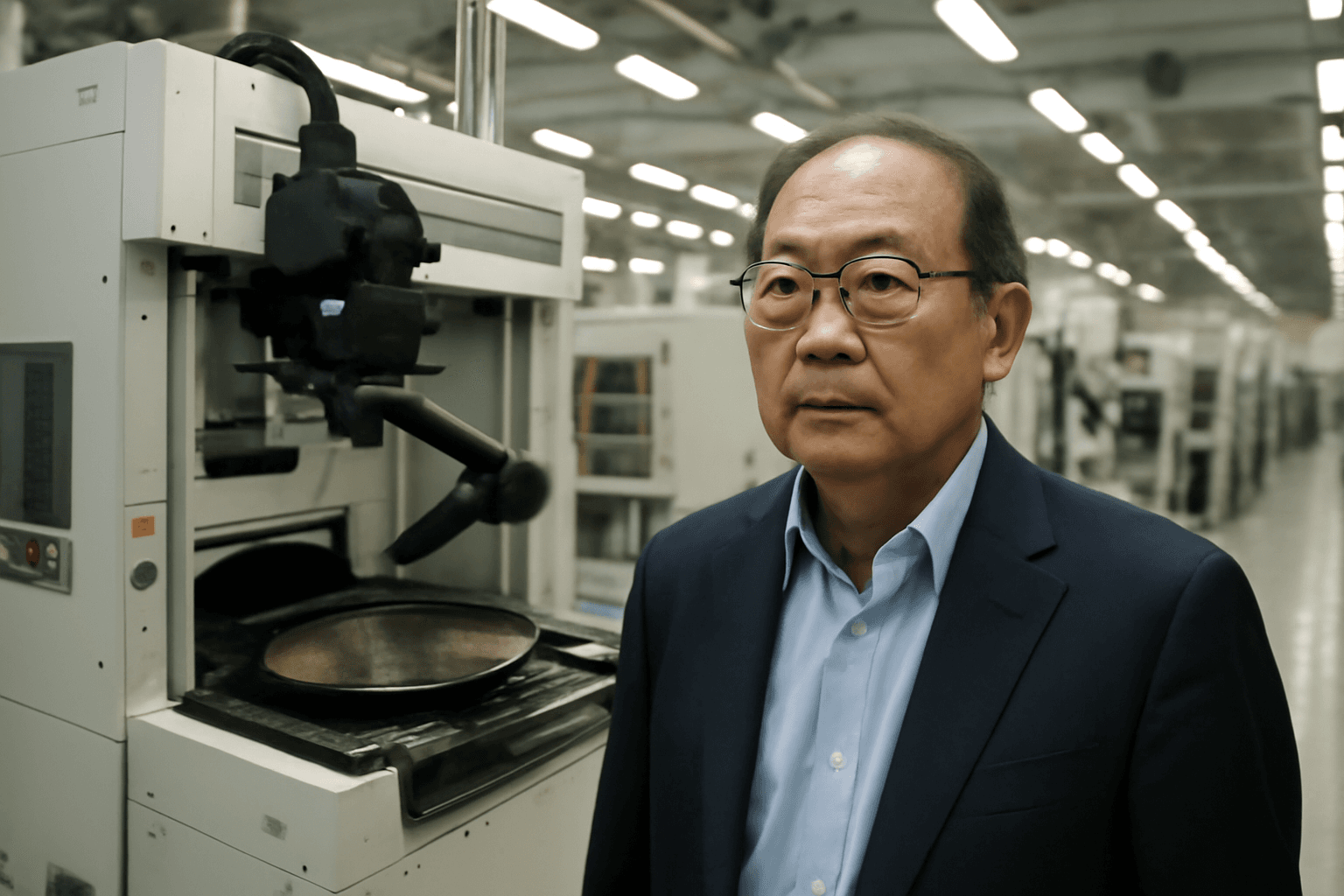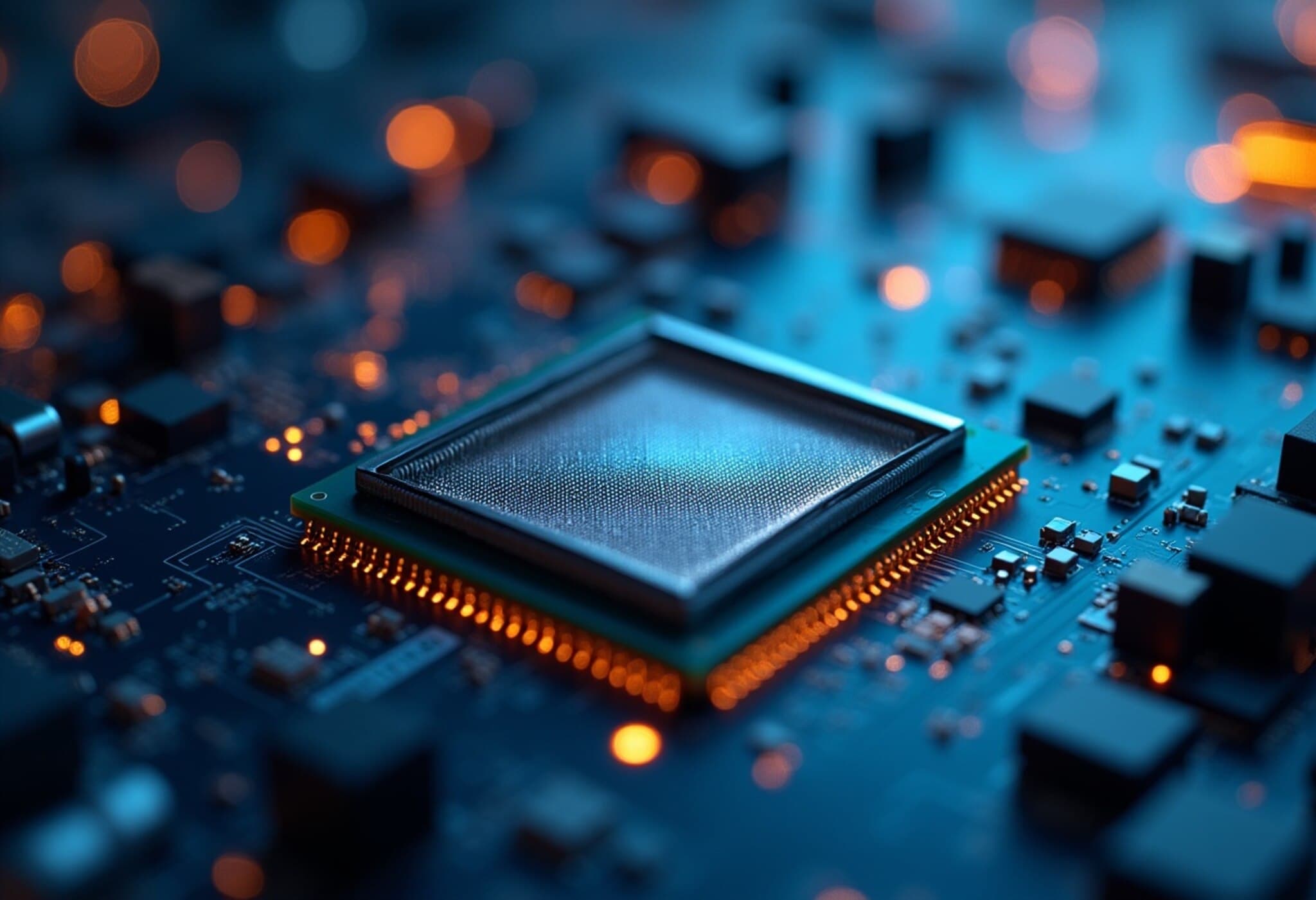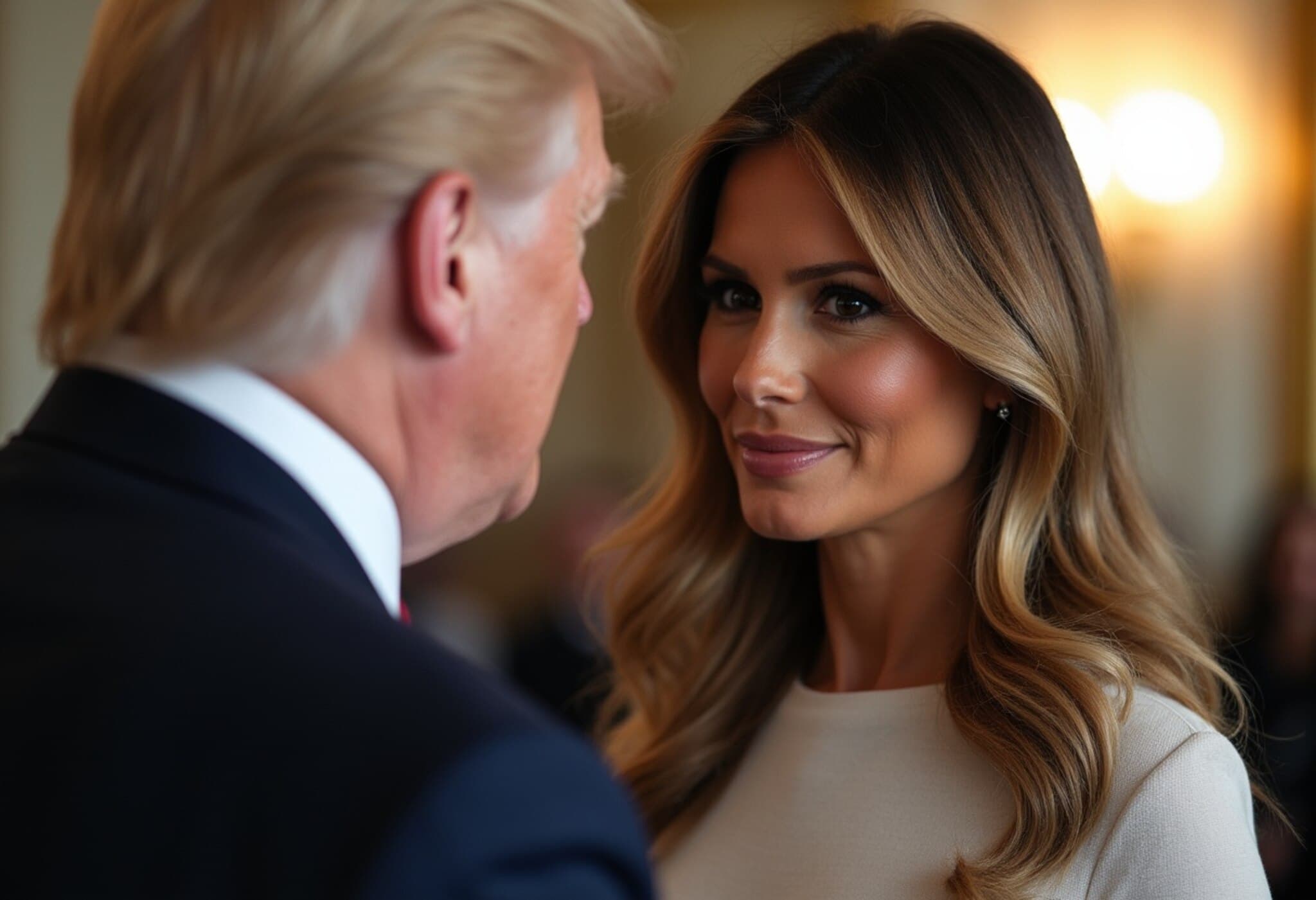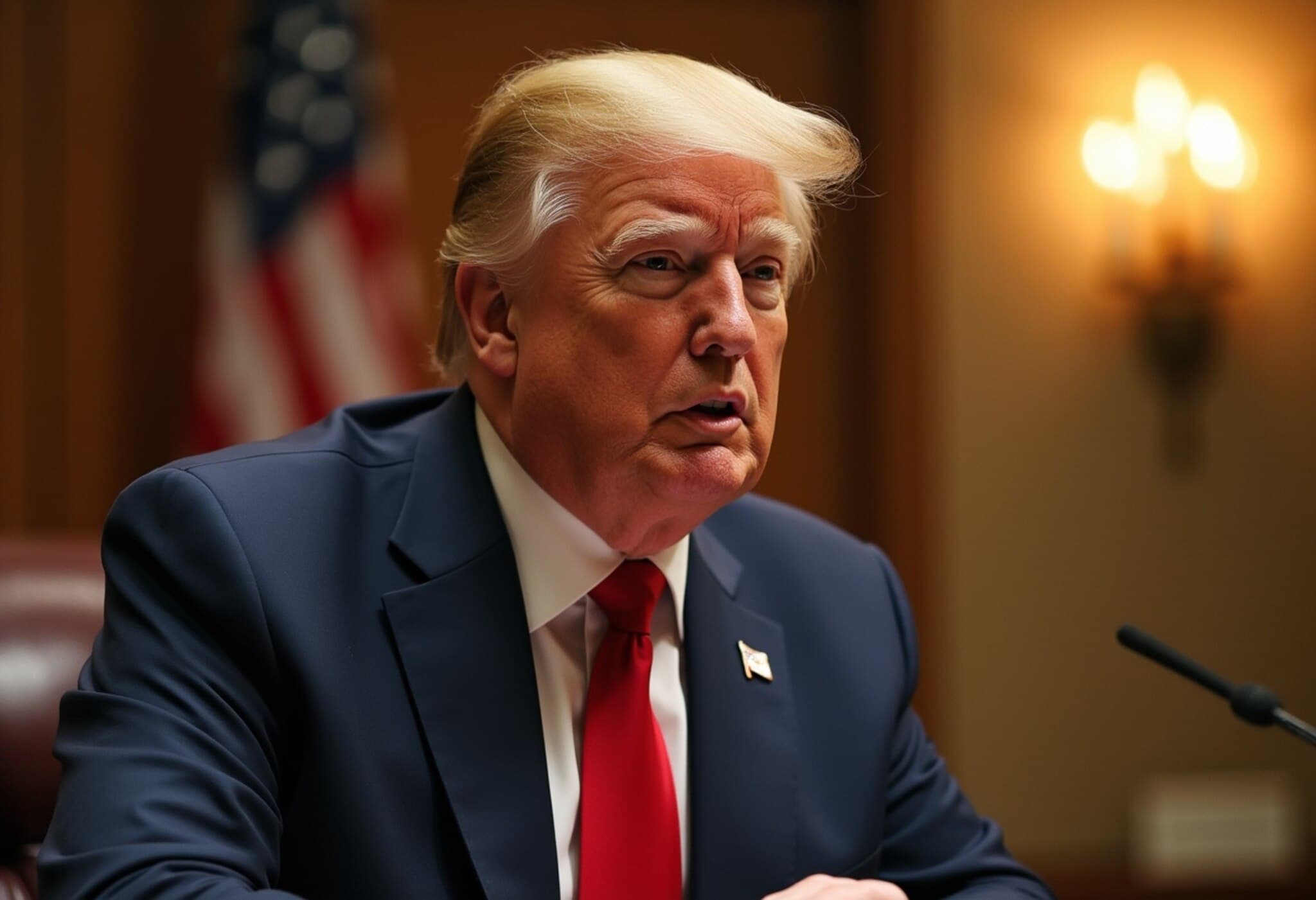Trump Reverses Stance, Applauds Intel CEO Lip-Bu Tan Following White House Meeting
In a striking turnaround, former U.S. President Donald Trump publicly praised Intel CEO Lip-Bu Tan on Monday, just days after calling for his resignation. This reversal comes amid Trump's administration's vigorous efforts to bolster American semiconductor manufacturing and ensure technological leadership in the face of mounting global competition.
From Demands of Resignation to Celebrated Success
Trump announced via Truth Social that he had met with Lip-Bu Tan alongside Commerce Secretary Howard Lutnick and Treasury Secretary Scott Bessent. He described Tan’s journey as a "success and rise" and emphasized their plans to collaborate on strategic proposals in the coming week.
“I met with Mr. Lip-Bu Tan of Intel, along with Commerce Secretary Howard Lutnick and Treasury Secretary Scott Bessent,” Trump wrote. “His success and rise is an amazing story. Mr. Tan and my cabinet will work together and bring me suggestions next week.”
Following the announcement, Intel’s shares experienced a modest boost, climbing approximately two percent in after-hours trading, signaling investor optimism about the renewed government partnership.
Context Behind the U-Turn
Intel confirmed the high-level discussions, characterizing the dialogue as "candid and constructive," with a shared commitment to strengthening U.S. technology and manufacturing capabilities. Lip-Bu Tan, who stepped into the CEO role in March 2025 after joining the Intel board in 2022, has had a challenging tenure marked by intense scrutiny.
Senator Tom Cotton previously raised concerns about Tan’s alleged ties to China, particularly referencing his former leadership at Cadence Design. Just last week, Trump labeled Tan as "highly CONFLICTED" and demanded he step down. Such political pressure highlighted the deep complexities entwined in linking global corporate leadership with national security considerations.
A Pivotal Moment for U.S. Semiconductor Strategy
This episode unfolds as the U.S. government aggressively pursues an industrial strategy to reclaim dominance in semiconductor manufacturing — a sector critical to both economic prosperity and national security.
- Over the recent weekend, NVIDIA agreed to grant the U.S. government a 15% stake in certain China sales in exchange for export licenses — a deal negotiated down from Trump's initial request of 20%.
- Intel faces competitive headwinds, chiefly from NVIDIA, which leads in artificial intelligence chip technology.
- Tan has enacted significant restructuring efforts, including job cuts and scaling back ambitious foundry projects in Europe and Ohio.
At 65, with roots in Malaysia and Singapore and credentials from MIT, Tan has faced a steep climb balancing corporate growth, geopolitical pressures, and national expectations. His candid acknowledgment of the difficulties ahead underscores the challenges U.S. tech leaders confront in a globally intertwined yet increasingly fractured industry.
Expert Insight: Navigating Complex Crossroads
From a policy analyst perspective, Trump's volte-face on Tan highlights the delicate dance between political rhetoric and pragmatic industrial policy. Semiconductor manufacturing is no longer just a market competition but a key front in U.S.-China strategic rivalry.
Leaders like Tan, with transnational experience and technical expertise, embody both the promise and perils of globalization in high-tech sectors. The United States must carefully balance concerns about foreign influence with the imperative to harness global talent and innovation to remain competitive.
Moreover, the episode raises critical questions about the consistency of U.S. policies toward tech executives with multinational ties and about how political dynamics influence corporate leadership stability in strategic sectors.
Editor’s Note
Trump's sudden shift from criticism to praise of Intel CEO Lip-Bu Tan sheds light on the volatile intersection of politics, technology, and national security. As America races to shore up its semiconductor industry, will such swift reversals in public stance impede or enhance efforts to build lasting, resilient partnerships with key industry leaders? Readers should watch closely how these governmental relationships evolve because they will shape the future of U.S. technological sovereignty in a globally competitive landscape.

